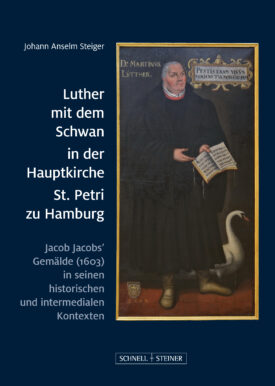This guide illustrates the history, architecture and style of the former collegiate church of Brussels. In 1226, it was decided to replace the existing Romanesque church (from 1047) with a bigger one built in the Gothic style. It took 300 years to construct, spanning the Gothic era in this part of the world and demonstrating all three phases of this style. Upon entering the cathedral, the Gothic architectural style with its pointed arches and high rib vaulting is immediately evident. Although nothing remains of the early churches built before 1047, the foundations of the Westbau of the Romanesque church were discovered in 1937, after which archaeolgical excavations were continued.
Brussels
Cathedral St. Michael and St. Gudula
This guide illustrates the history, architecture and style of the former collegiate church of Brussels. In 1226, it was decided to replace the existing Romanesque church (from 1047) with a bigger one built in the Gothic style. It took 300 years to construct, spanning the Gothic era in this part of the world and demonstrating all three phases of this style. Upon entering the cathedral, the Gothic architectural style with its pointed arches and high rib vaulting is immediately evident. Although nothing remains of the early churches built before 1047, the foundations of the Westbau of the Romanesque church were discovered in 1937, after which archaeolgical excavations were continued.










